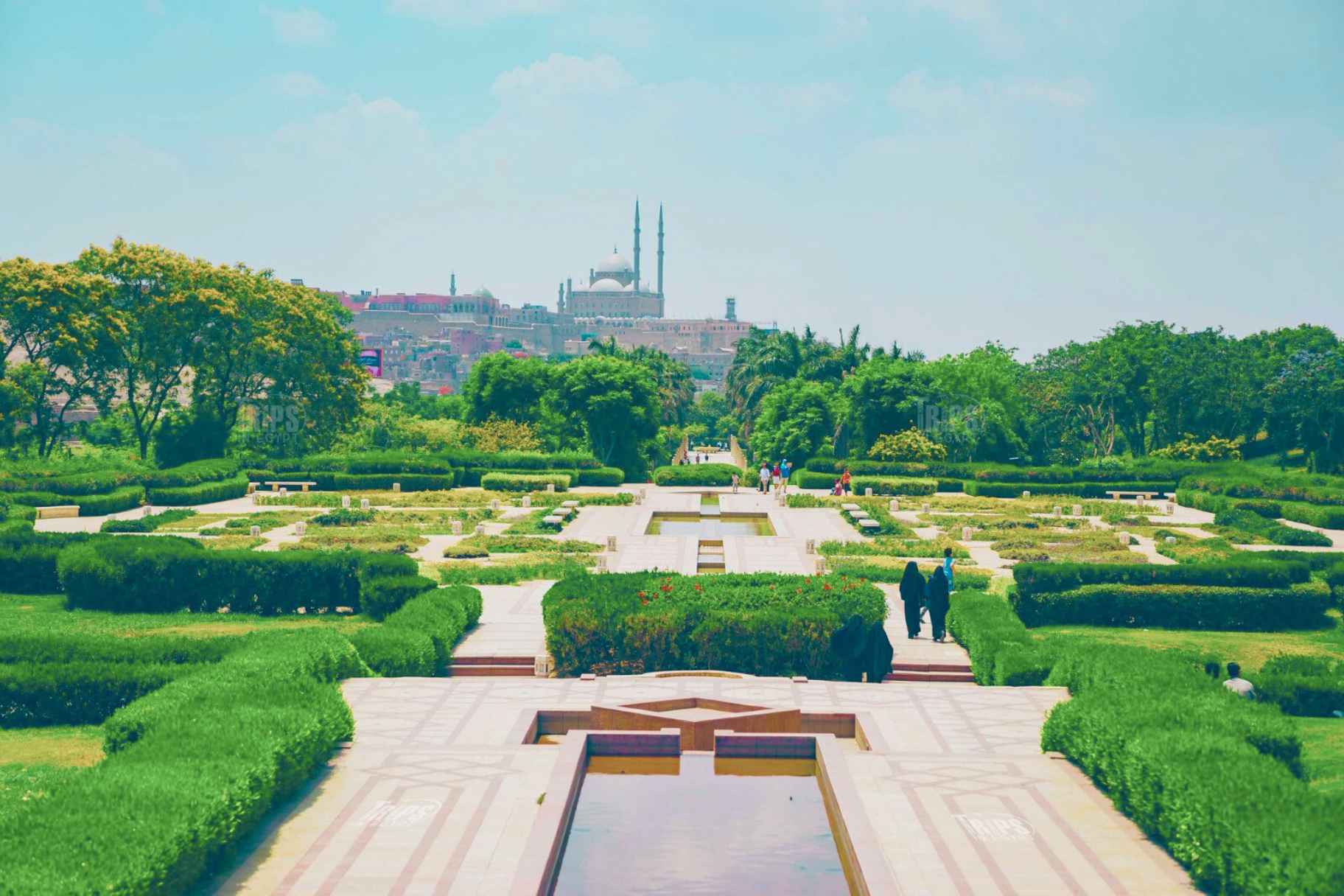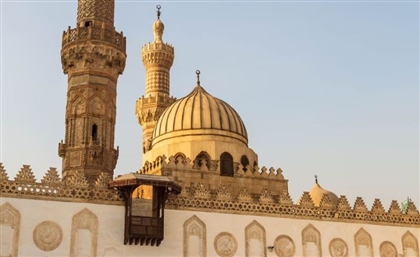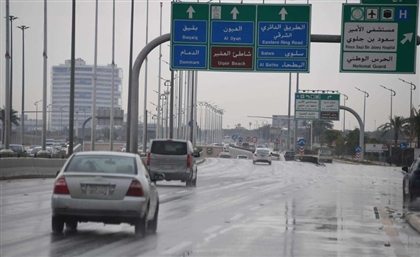Al-Azhar Park & Beyond: The Aga Khan Foundation’s Legacy in Cairo
From Al-Azhar Park to Darb al-Ahmar, the Aga Khan Foundation has restored monuments and reshaped Cairo’s urban fabric.

For over half a century, the Aga Khan Foundation (AKF) has nurtured resilient communities, empowering them to shape their own futures through sustainable, locally driven initiatives that have transformed millions of lives. On February 4th, 2025, His Highness Prince Karim Al-Hussaini, Aga Khan IV - leader and founder of AKF in 1967 - passed away, leaving behind a legacy woven into the fabric of progress and hope.
Established to unite human, financial, and technical resources in the fight against poverty and marginalisation, the foundation’s work in Egypt has been etched into the nation’s landscape and its people’s lives.
-0d279a31-2655-4464-8190-5ea2a69cdef4.webp)
Implanting Azhar Park
The Aga Khan Trust for Culture (AKTC) turned its attention to Egypt in 1984 with a vision, offering Cairo a park that would serve as a vital green lung for the city. Al-Azhar Park, the trust’s first project, became the cornerstone of a broader initiative to revitalise the long-neglected district of Al-Darb Al-Ahmar.
The chosen site, a 30-hectare expanse buried under centuries of accumulated debris, held the potential to restore balance to the historic city. Today, Al-Azhar Park welcomes 1.5 million visitors annually. This $30 million investment became a self-sustaining landmark, generating funds for its upkeep through gate fees and restaurant revenues.
With Salah Salem Street on one side, Darb Al-Ahmar on the other, and Bab El-Wazir cemetery in between, the park’s true impact extends beyond its financial sustainability. It has become a catalyst for urban renewal, breathing new life into Cairo’s historic core, and reshaping the relationship between heritage and modernity.
-613bcaa3-5a6f-47e6-a9fd-1a5205a43294.jpg)
Restoring the Remaining Ayyubid Wall
Rising from the heart of Cairo, the Ayyubid fortifications tell a story of power, resilience and transformation. Begun in 1176 by Salah al-Din, the Kurdish ruler who ended the Fatimid caliphate, these stone walls encircled the former palace-city, its suburbs and the ancient settlement of Fustat, melding them into a single, fortified entity.
Yet as Cairo expanded, the city soon outgrew its fortifications. Only the eastern section remained untouched, shielded for centuries by rising mounds of debris. It was not until the creation of Al-Azhar Park that these buried walls resurfaced, stretching 1,500 metres from Bab al-Wazir to Al-Azhar Street, now forming a stark boundary between the lush greens of the park and the present-day fabric of Darb al-Ahmar.
Between 2000 and 2008, conservation efforts began with pilot interventions on select sections of the Historic Wall, laying the groundwork for a broader revitalisation plan. Comprehensive strategies were implemented to weave the wall back into the city’s fabric, bridging it with residential neighbourhoods and pedestrian routes leading to Al-Azhar Park. No longer a forgotten relic, the wall has been reimagined as a living part of Cairo’s urban narrative, standing once more as a cultural beacon of Islamic Cairo.
-eec11955-64fa-4d88-b17c-208ecaacab45.webp)
Other Monuments Restored in Darb Al-Ahmar
A series of nine historic treasures in Darb al-Ahmar have been meticulously restored, breathing new life into the historical significance of the district. Amongst them stand the 14th-century Umm al-Sultan Shabaan Mosque, the Khayrbek Complex - made up of a 13th-century palace, mosque and Ottoman house - alongside Tarabay al-Sherif, Amir Aslam al-Silahdar Mosque, and the Darb Shoughlan School, now a vibrant hub for performing arts under the Aga Khan Music Programme. The ongoing restoration of the 14th-century al-Maridani Mosque continues this legacy.
Each project unfolded through careful documentation, structural stabilisation and the delicate art of conservation, often accompanied by archaeological excavations and landscape rejuvenation. Modern lighting, sound systems and new ablution areas were seamlessly integrated, while local craftsmen and conservators were nurtured through hands-on training. Beyond the restorations themselves, these projects have returned sacred spaces to their communities, ensuring their stories endure in the Egyptian capital.
Photography Credit: The Aga Khan Trust for Culture (AKTC)



























